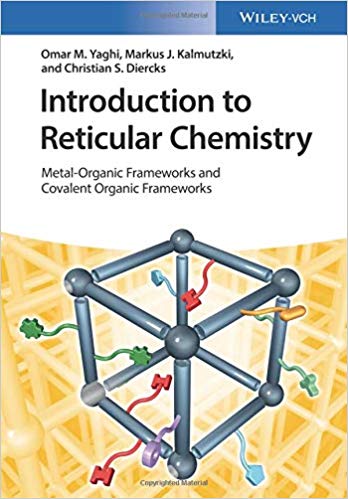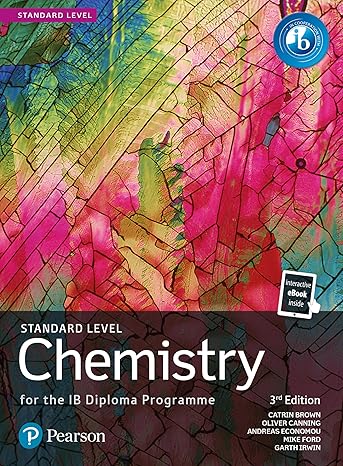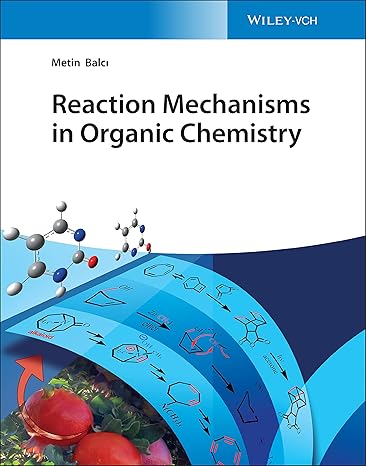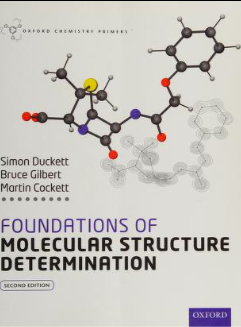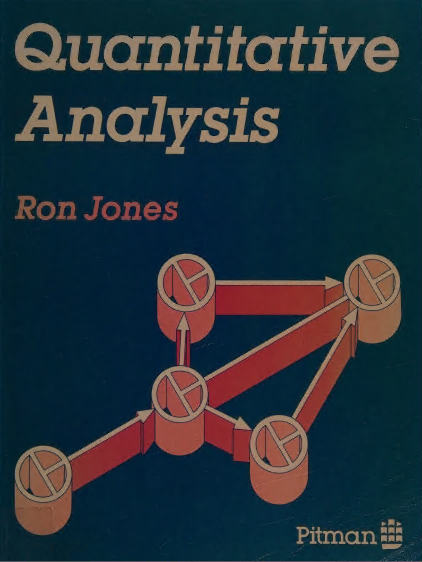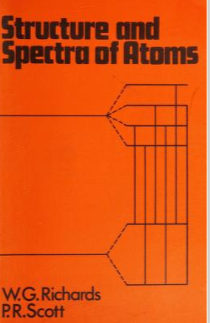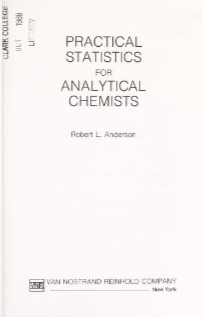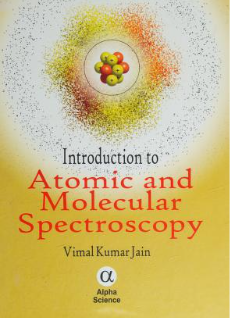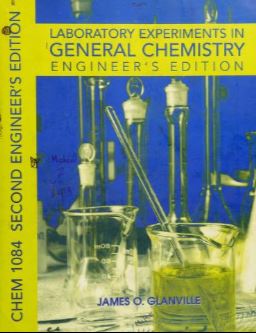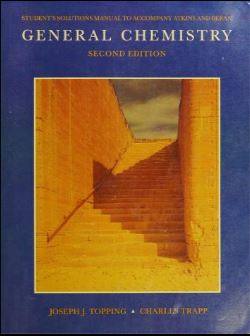A concise introduction to the chemistry and design principles behind important metal-organic frameworks and related porous materials
Reticular chemistry has been applied to synthesize new classes of porous materials that are successfully used for myraid applications in areas such as gas separation, catalysis, energy, and electronics. Introduction to Reticular Chemistry gives an unique overview of the principles of the chemistry behind metal-organic frameworks (MOFs), covalent organic frameworks (COFs), and zeolitic imidazolate frameworks (ZIFs). Written by one of the pioneers in the field, this book covers all important aspects of reticular chemistry, including design and synthesis, properties and characterization, as well as current and future applications
Designed to be an accessible resource, the book is written in an easy-to-understand style. It includes an extensive bibliography, and offers figures and videos of crystal structures that are available as an electronic supplement. Introduction to Reticular Chemistry:
-Describes the underlying principles and design elements for the synthesis of important metal-organic frameworks (MOFs) and related materials
-Discusses both real-life and future applications in various fields, such as clean energy and water adsorption
-Offers all graphic material on a companion website
-Provides first-hand knowledge by Omar Yaghi, one of the pioneers in the field, and his team.
Aimed at graduate students in chemistry, structural chemists, inorganic chemists, organic chemists, catalytic chemists, and others, Introduction to Reticular Chemistry is a groundbreaking book that explores the chemistry principles and applications of MOFs, COFs, and ZIFs.
چکیده فارسی
مقدمه ای مختصر بر شیمی و اصول طراحی در پشت چارچوب های فلزی-آلی مهم و مواد متخلخل مرتبط
شیمی شبکهای برای سنتز کلاسهای جدیدی از مواد متخلخل استفاده شده است که با موفقیت برای کاربردهای متعدد در زمینههایی مانند جداسازی گاز، کاتالیز، انرژی و الکترونیک استفاده میشوند. مقدمه ای بر شیمی مشبک یک نمای کلی منحصر به فرد از اصول شیمی در پشت چارچوب های فلزی-آلی (MOFs)، چارچوب های آلی کووالانسی (COFs) و چارچوب های زئولیتی ایمیدازولات (ZIFs) ارائه می دهد. این کتاب که توسط یکی از پیشگامان این حوزه نوشته شده است، تمام جنبه های مهم شیمی شبکه، از جمله طراحی و سنتز، خواص و خصوصیات، و همچنین کاربردهای فعلی و آینده را پوشش می دهد
این کتاب به گونه ای طراحی شده است که منبعی در دسترس باشد، به سبکی قابل درک نوشته شده است. این شامل کتابشناسی گسترده است و شکل ها و فیلم هایی از ساختارهای کریستالی را ارائه می دهد که به عنوان مکمل الکترونیکی در دسترس هستند. مقدمه ای بر شیمی شبکه ای:
-اصول اساسی و عناصر طراحی را برای سنتز چارچوب های فلزی-آلی مهم (MOF) و مواد مرتبط توصیف می کند
- در مورد کاربردهای واقعی و آینده در زمینه های مختلف مانند انرژی پاک و جذب آب بحث می کند
-همه مطالب گرافیکی را در یک وب سایت همراه ارائه می دهد
-ارائه دانش دست اول توسط عمر یاغی یکی از پیشگامان این حوزه و تیمش.
کتاب مقدمهای بر شیمی شبکهای که برای دانشجویان تحصیلات تکمیلی شیمی، شیمیدانهای ساختاری، شیمیدانان معدنی، شیمیدانان آلی، شیمیدانان کاتالیزوری و سایرین هدفگذاری شده است، کتابی پیشگامانه است که اصول شیمی و کاربردهای MOF، COF و ZIF را بررسی میکند.
ادامه ...
بستن ...
Ebook details:
عنوان: Introduction to Reticular Chemistry Metal-Organic Frameworks and Covalent Organic Frameworks (9783527345021)
نویسنده: Omar M. Yaghi, Markus J. Kalmutzki, Christian S. Diercks
ناشر: Wiley-VCH; 1 edition (May 6, 2019)
زبان: English
شابک: 3527345027, 978-3527345021
حجم: 29 Mb
فرمت: True Pdf
ادامه ...
بستن ...
